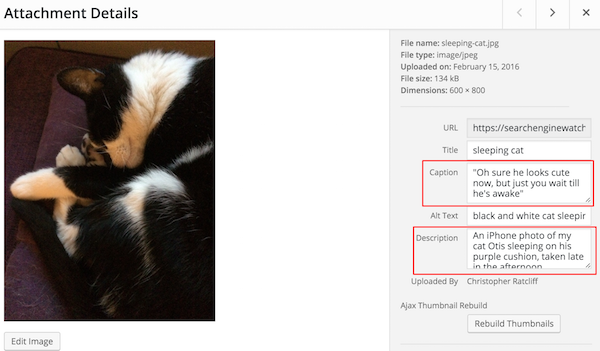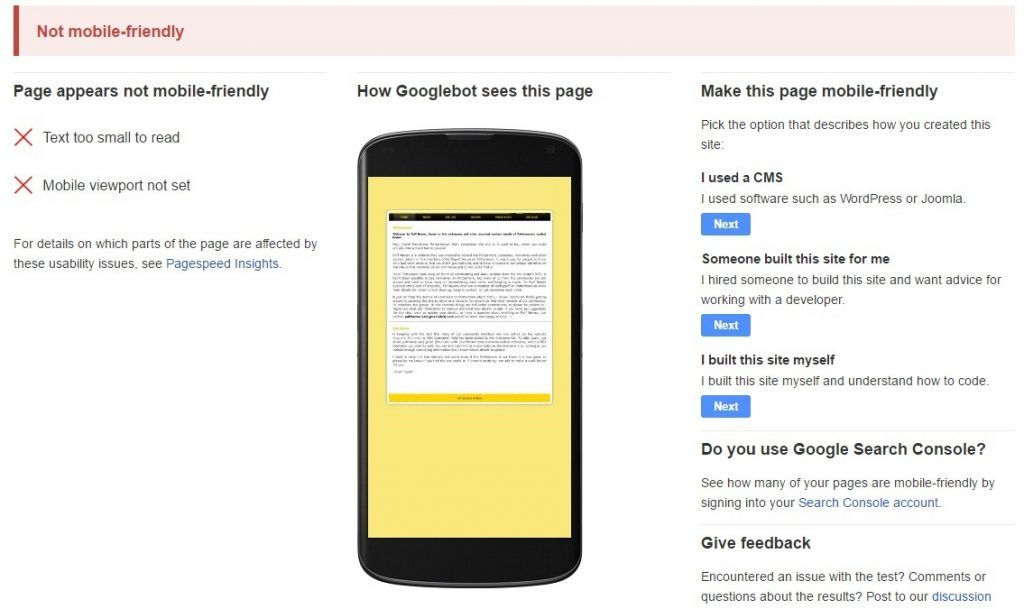The importance of multiple domain names and web addresses by Lucy Wayment. Available from <http://startups.co.uk/the-importance-of-multiple-domain-names-and-web-addresses/>. [Updated: Sep 26, 2016 Published: Sep 23, 2016]
Are you doing all you can to drive traffic to your website? Chances are you won’t have tried some of these handy tips…
Creating a solid foundation is vitally important when building your business’s online presence
The first step is to choose and register the right domain name. A .com domain name is especially valuable if it’s time for your company to go global and sell to different markets. If you register a domain name for your business’s main website in an internationally recognised top level domain (“TLD”) such as .com, you won’t need to register a domain name in a TLD that’s suited only for a particular country.
In addition, the familiarity and dependability of .com inspires trust in customers. After all, for more than 19 years, Verisign has maintained 100% operational accuracy and stability for .com and .net.
Once you’ve registered a .com domain name and established your business’s main website using the .com domain name, you’re ready to expand your business’ online presence. Registering multiple domain names will not only help you expand your business’ online presence but will provide you with a variety of other benefits as well.
Registering your company’s name as a domain name in other TLDs, like .net or .tv, can help protect your online space by preventing competitors from using the same domain name in the selected TLD and stop internet traffic otherwise intended for your website being sent to a competitor’s website, thereby helping you reduce customer confusion and challenges in finding your business online.
Capture misspellings and keep the competition at bay
Registering multiple variations of your company’s name as domain names in one TLD, such as .com, can help your customers reach your website even if they misspell your company’s name. Instead of visiting an error page, you can use URL redirection to redirect customers from the improperly spelled domain name to the properly spelled domain name with your business’s main website. As an added benefit, you will also prevent others from registering domain names that are similar to your company’s name.
More marketing opportunities
If your business intends to launch a marketing campaign, you can register domain names to align or support the campaign.
Take comparethemarket.com, for example. The company’s ‘comparethemeerkat’ campaign was a huge success. To complement the campaign, the insurance company registeredcomparethemeerkat.com, an additional domain name with a website that provides quotes and links to the main site.
Whether you direct customers to a promotional landing page or to your main website, additional domain names can help promote and drive results for an existing in-market campaign.
Highlight your company’s niche
Additional descriptive and memorable domain names in the .com TLD can highlight the unique aspects of your business, such as location or speciality.
If, for example, your main website is plumberjones.com but you’re eager to target customers in a specific area, you could register plumberinbrixton.com as an additional domain name and redirect customers from the additional domain name to the domain name with your main website.
Alternatively, you can use descriptive terms to help ensure that potential customers looking for plumbers can reach you – such as registering a domain name like stopleakypipes.com.
Registering multiple domain names in multiple TLDs, like .net or .tv, doesn’t mean you need multiple websites. For example, you can use URL redirecting to redirect internet traffic intended for one or more of your domain names to your preferred .com domain name with your business’s main website. With URL redirection, it will be easier for you to collect, measure and analyse all of the internet traffic destined for your online business since it’s all being redirected to one domain name. Setting up URL redirection with a registrar, such as GoDaddy, 123-reg,names.co.uk or 1and1, is typically an easy process.
Registering multiple domain names in multiple TLDs and/or in .com, with your main website on a .com domain name, is a smart, cost-effective way of increasing your company’s online presence while also creating a variety of other benefits for your business. Use our Find a Domain Name tool to register a domain name.
This article is a part of the ‘Getting Online’ series sponsored by Verisign. For more information from Verisign on how to get your business online, click here.
The importance of multiple domain names and web addresses by Lucy Wayment. Available from <http://startups.co.uk/the-importance-of-multiple-domain-names-and-web-addresses/>. [Updated: Sep 26, 2016 Published: Sep 23, 2016]













